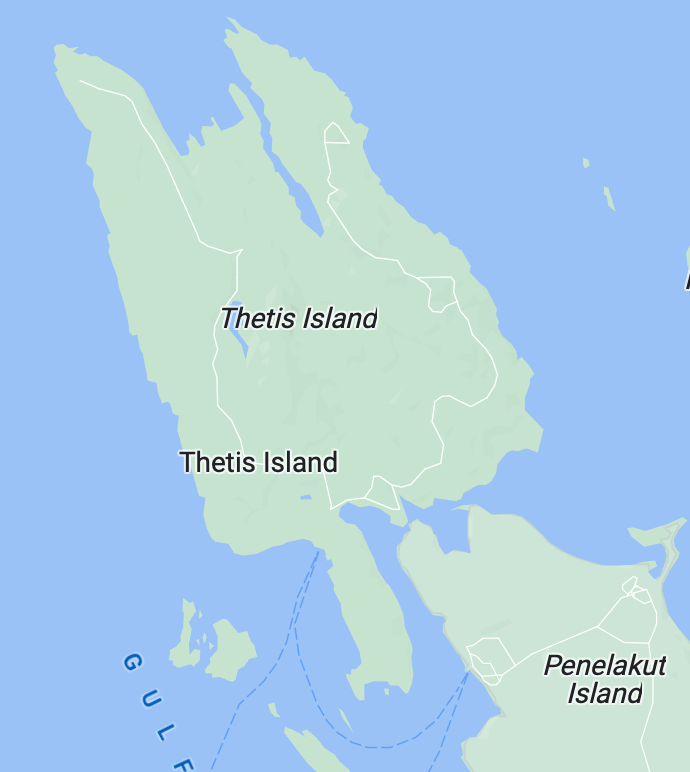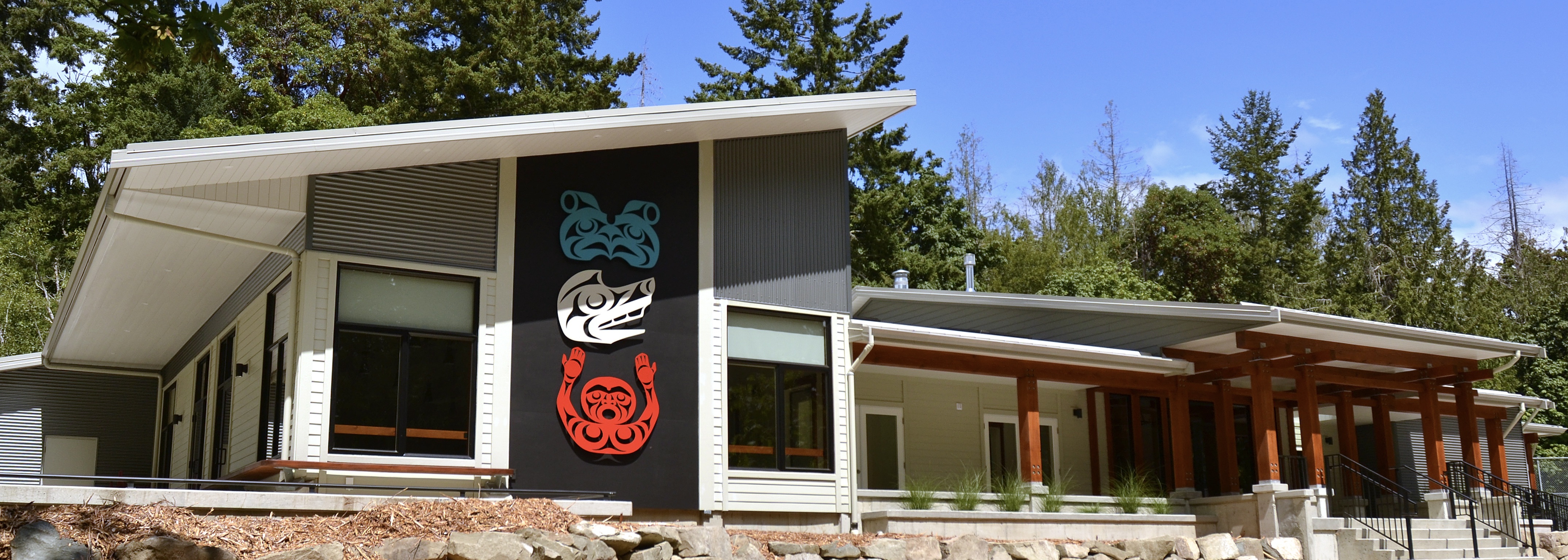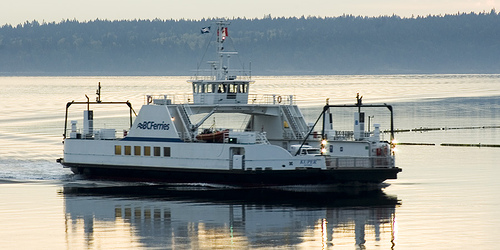Explanation of Timing for EXTREME FIRE HAZARD
 Sunday, July 4, 2021 at 2:16PM
Sunday, July 4, 2021 at 2:16PM Some are confused about what EXTREME Fire weather Hazard means, how it is decided, and how it affects Thetis Island outdoor activities.
The BC Wildfire Service maintains many reporting weather stations in our area and we use the data mainly from the Salt Spring, Cedar and North Cowichan stations. A rating system of 1-5 is used, 1 being Nil, 2 Low, 3 Moderate danger,4 HIGH. and 5= EXTREME FIRE HAZARD.
Ratings are based on several factors such as fine fuel moisture content code, temperature, relative humidity, wind speed, duff moisture content code, drought code, spread index etc. These data are collected daily and the hazard level is set.
When the rating reaches HIGH for three consecutive days, “early shift” for high risk activities is put in place. Activities can start at dawn but must be terminated before 1 p.m. and a mandatory fire watch for two hours must commence. High risk activities include but are not limited to chainsawing, milling, mowing, excavating, mechanical tilling, etc.
When the hazard rating goes to EXTREME that means that any sparks, open flame or smouldering fire can produce explosive fire behaviour that will run with great speed (an example is the recent Lytton fire). All high-risk activities are shut down. Campfires are not allowed. (Propane campfire appliances may be used as well as battery or electric weed whackers with plastic string are allowed. Electric chain saws may be used above waist height because there should be no danger of striking rocks and no sparks from hot exhaust are produced.)
When the hazard rating falls to HIGH again, after three consecutive days at HIGH, early shift activities may begin again. After three consecutive days at MODERATE, early shift regulations are cancelled.
Fire season is starting earlier each year and ending later, with HIGH and EXTREME conditions lasting for longer periods.
We all have to plan accordingly.
Fire Chief










